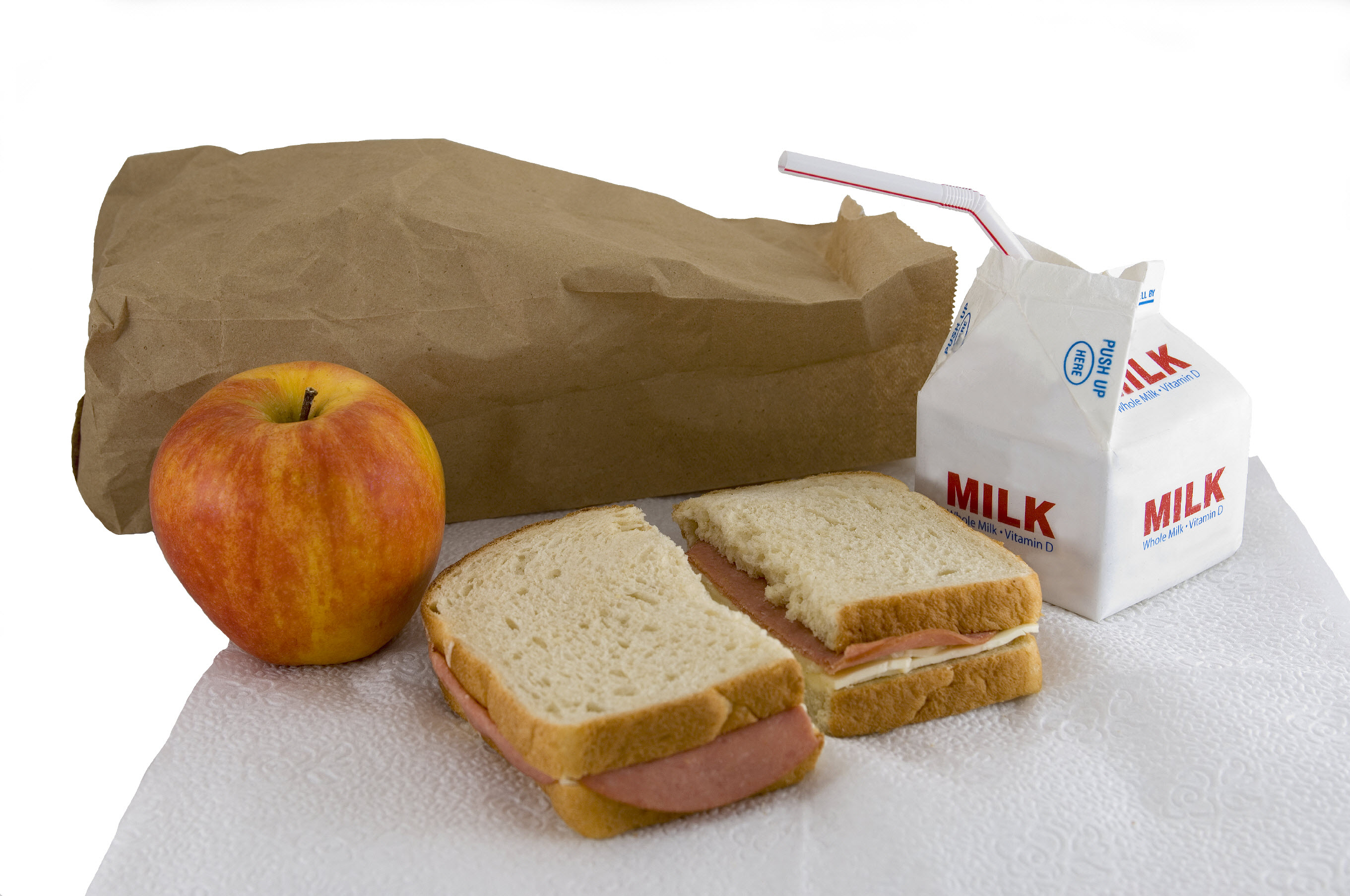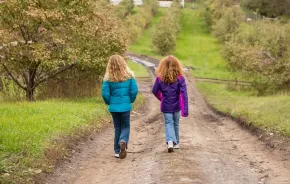 Anyone who’s ever in charge of waking a teen up for any reason understands what moving school breakfast programs from before school starts until after the school day begins can mean for kids: More of them will eat.
Anyone who’s ever in charge of waking a teen up for any reason understands what moving school breakfast programs from before school starts until after the school day begins can mean for kids: More of them will eat.
In a new report, educators weigh in on breakfast timing, which is being debated or has been adjusted in many states, logging overwhelming support for breakfast after the bell. Eighty-seven percent of principals with breakfast-after-the-bell programs believe other schools should explore launching a similar program, according to the report recently released the Food Research & Action Center (FRAC) and the National Association of Secondary School Principals (NASSP).
“There are a number of factors as to why breakfast-after-the-bell programs lead to higher participation, especially in secondary schools. At the top of the list is the program’s ability to reduce stigma around who is eating breakfast at school, which becomes more pronounced as children get older,” says Jim Weill, FRAC president.
Bottom line: Kids who qualify for free or reduced-cost meals are required to arrive at school 15 or 20 minutes on average before the first bell, which can be a barrier to access for kids who have hectic morning schedules, transportation issues or are late. Some students are also reluctant to set themselves apart by attending early-morning breakfast.
In Washington state, one in five kids live in food-insecure households (more than 305,000 children).
And only 33 percent of eligible low-income students in Washington state are eating school breakfast. This low participation rate puts our state at 41st — in the bottom 20 percent — among states in the number of low-income children who eat school breakfast.
The report, “Breakfast After the Bell: Equipping Students for Academic Success, Secondary School Principals Share What Works,” surveyed 105 secondary school principals in 67 school districts. These principals cited higher participation in school breakfast among low-income children and an improved school environment. Positive outcomes observed included:
 • improved student attentiveness (46 percent)
• improved student attentiveness (46 percent)
• fewer visits to the school nurse (22 percent)
• fewer occurrences of absenteeism (21 percent)
• fewer disciplinary referrals (18 percent)
• improved reading (nine percent)
• elevated math test scores (nine percent)
The report takes an in-depth look at Ballard High School in Seattle, which enrolls 1,600 students in grades 9 through 12 and has had a second-chance breakfast program for more than 25 years. The number of students served during second-chance breakfast is more than double the number of students served before school starts. Students grab breakfast, seek tutoring or attend extracurricular meetings. Principal Keven Wynkoop says the cafeteria before school is “a ghost town. The idea of getting [to school] an extra 20 minutes early to get breakfast ... it just doesn’t happen.”
Breakfast after the bell programs address the limited reach of before school breakfast programs. One study shows that during the 2013–14 school year, for every 100 students who qualified for free or reduced-price meals and participated in the National School Lunch Program, only 53 of those students also ate school breakfast. A principal in Nevada said his school went from 125 students eating breakfast to 700 students eating breakfast.
Breakfast after the bell options include a “grab and go” prepackaged breakfast that students receive upon arrival, a second-chance breakfast usually offered during a longer break between first and second periods, or breakfast delivered straight to classrooms. “Anecdotally, I used to spend at least $20/week buying fruit and granola bars for students to grab between classes. I didn’t mind doing it, but recently the fruit has gone soft because the students are getting second-chance breakfast with their friends. They walk away with a bounce in their step[s], ready to learn,” wrote the principal at Camas Public Schools in Washington.











